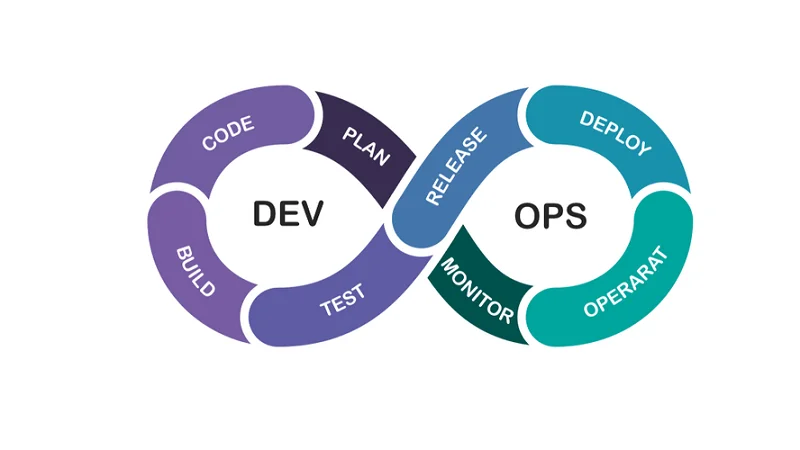SOA services use common person interface templates, so it’s simpler to incorporate them into any new apps. It helps clear up the issues posed by a fragmented IT structure in addition to the difficulties in working with IT infrastructure services and app silos. The easiest way to suppose about microservices is as an extension of new or present SOA. Contact our IT outsourcing consultants Data as a Product today to find how we will remodel your business by leveraging SOA and Microservices. Choosing between the 2 architectures isn’t simply about technical preferences but involves a sequence of trade-offs across numerous dimensions. The decision should contemplate not simply the quick technical benefits but additionally the method it suits with the broader organizational context and long-term strategic objectives.
With SOA, the usage of an ESB means that a single error could cascade into different elements of the application. Your IT managers know that software lifecycles can imply pricey upkeep (or replacement) in addition to potential downtime of methods. SOA ESB (Enterprise Service Bus) implies that developers can reuse current capabilities and align the development of various tasks. If you work in any area of IT or are concerned in determination making about purchasing system development cycle IT providers, you would be forgiven for generally being confused by the raft of recent terms which have evolved in latest years. Explore why and the way no-code and low-code improvement platforms might be essential for realizing digital transformation for businesses.

Which Structure Is Better Fitted To Agile Development: Soa Or Microservices?
When using—or creating—applications primarily based on microservices, they’ll most probably be hosted on the cloud, providing higher effectivity and cost-effectiveness. If you’re utilizing microservices, the structure dictates that every of these options has its own unbiased elements. Due To This Fact, the immediate service-oriented architecture advantages are that your developers can obtain reusability of components from your enterprise’s existing applications. As the name would recommend, SOA focuses on the companies you use and supply, and is an strategy for building https://www.globalcloudteam.com/ a software environment—and software—that encompasses all features of enterprise degree growth. Microservices can allow for faster iterations and more gradual expansions or modifications as each service is comparatively small and may be updated independently. SOA may require more upfront planning and integration work, potentially extending the development timeline.
Sources For Aws
It’s a strategic mix that may cater to a large spectrum of business needs, putting a stability between robustness and agility. The tug-of-war between centralization and decentralization is a defining characteristic of the SOA and microservices comparability. They make use of light-weight communication protocols, such as RESTful APIs and Easy Object Entry Protocol, to handle requests and responses between services.
- SOA companies use frequent consumer interface templates, so it’s simpler to include them into any new apps.
- By understanding the similarities and differences between SOA and Microservices, organizations could make informed choices when choosing the right architectural style for their particular wants.
- This decentralization can enhance staff autonomy and expedite decision-making processes, aligning with agile practices.
- Whereas this reduces the overhead for governance at the macro stage, it locations extra accountability on particular person growth groups to adhere to agreed standards and practices.
- This approach might ease data management however also can create bottlenecks and hinder efficiency as the system scales.
Soa Vs Microservices — 8 Key Differences And Corresponding Use Cases
SOA emerged within the late Nineteen Nineties and represents an important stage in the evolution of software development and integration. Earlier Than SOA was an choice, connecting a monolithic utility to data or functions in one other system required complicated point-to-point integration that builders had to re-create for each new improvement project. Exposing these features by way of SOA eliminates the necessity to recreate the deep integration every time. Service-oriented structure (SOA) and microservices present alternative ways for organizations emigrate from a monolithic architecture to cloud environments. Depending on sure factors, one might be extra appropriate than the opposite in practical use cases.
A detailed exploration of service-oriented structure vs. microservices that can assist you navigate the most effective architectural possibility in your group. Corporations with legacy techniques can use SOA to gradually expose legacy system functionalities as companies. This permits different systems to utilize these providers with out disrupting the present system and facilitates a smoother transition to newer applied sciences. It is normally employed in eventualities where a number of present enterprise functions need to be built-in.

This approach makes them more agile, scalable, and resilient, especially for specific areas of the enterprise. These distinguishing options of SOA make it a useful architectural style for enterprises looking for to streamline their enterprise processes and improve their IT infrastructure. The concentrate on service composition allows organizations to build complicated purposes by combining smaller, modular providers, selling reusability and lowering growth time.
For those outside the world of system architecture, it can be difficult to understand what they mean and how they differ. It entails breaking down giant providers into smaller, extra centered microservices, which can require important refactoring of the codebase. Challenges embrace managing inter-service communication, information consistency, and making certain the system remains practical throughout the transition.
Casting a crucial eye on the monolithic architecture of yesteryears, developers recognized the pitfalls of tightly integrated methods that stifled impartial deployment and evolution of system parts. Service-oriented architecture (SOA) is an enterprise-wide approach to software program improvement of software components that takes advantage of reusable software components, or companies. When it involves service granularity, SOA services are extra coarse-grained, encompassing broader functionalities that can be utilized throughout different functions. Microservices, on the other hand, are fine-grained, each tailored to satisfy a particular business operate. SOA architectures are scalable however may be limited as a end result of their centralized nature, significantly with an ESB in place.
Deployment in SOA environments tends to be monolithic, with updates to one service doubtlessly requiring redeployment of others. Meanwhile, microservices are deployed independently, allowing for faster iterations and less complicated rollback processes if a service update fails. In SOA, knowledge is usually saved in a shared, centralized database accessed by all the providers. This approach may ease knowledge administration however can even create bottlenecks and hinder performance as the system scales.
SOA has confirmed its price as a robust and reliable architecture strategy, enabling enterprises to attain stability, cost-effectiveness, and maintainability. They additionally provide the flexibility to scale services dynamically, making them suitable for cloud-native functions the place speedy development and deployment are paramount, particularly when utilizing apps infrastructure companies. Conversely, microservices are a match for environments that demand continuous delivery and speedy iteration, such as start-ups and tech corporations. These architectures assist frequent, independent updates, permitting completely different components of an utility to evolve with out downtime. To put it merely, service-oriented structure (SOA) has an enterprise scope, whereas the microservices structure has an utility scope.



